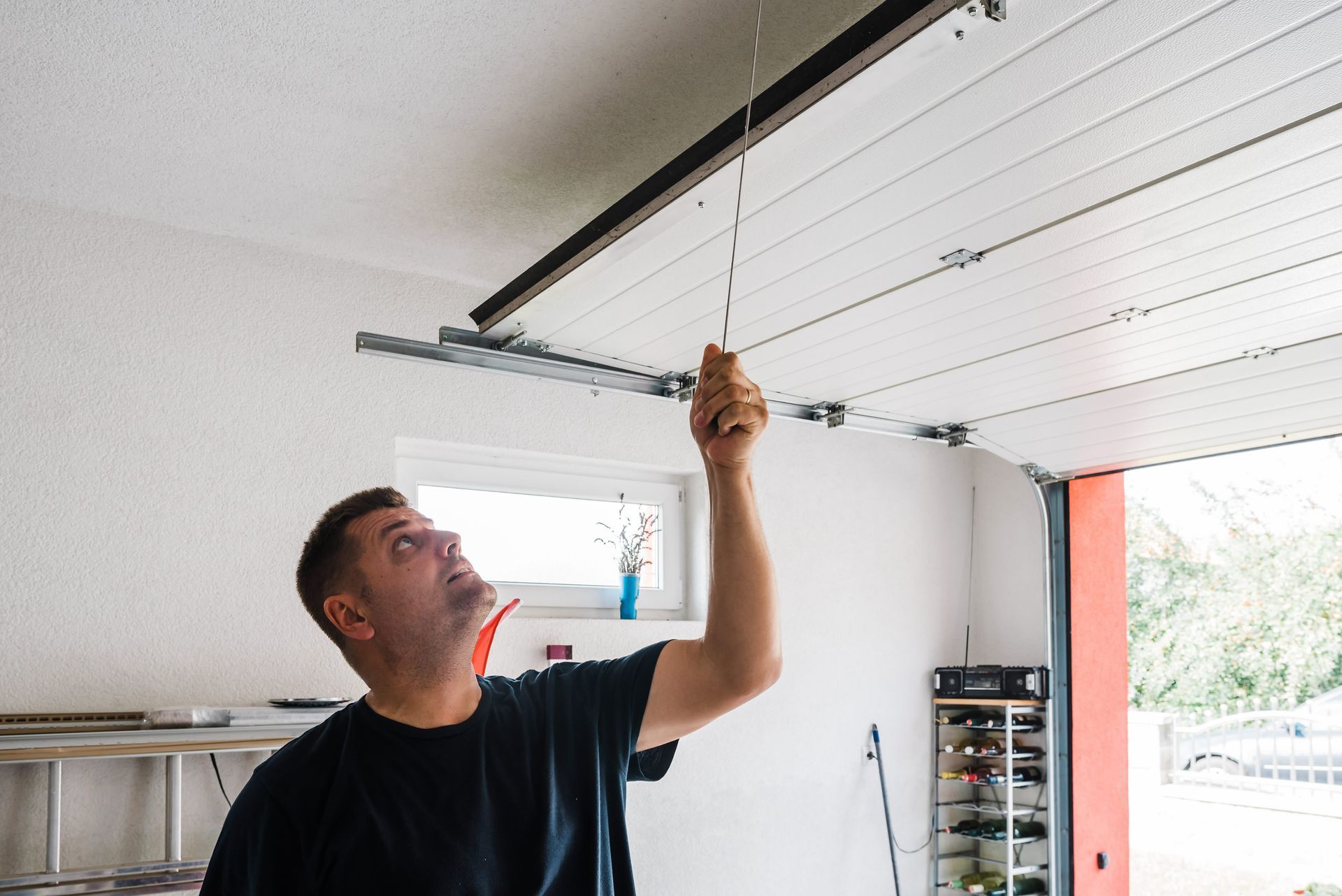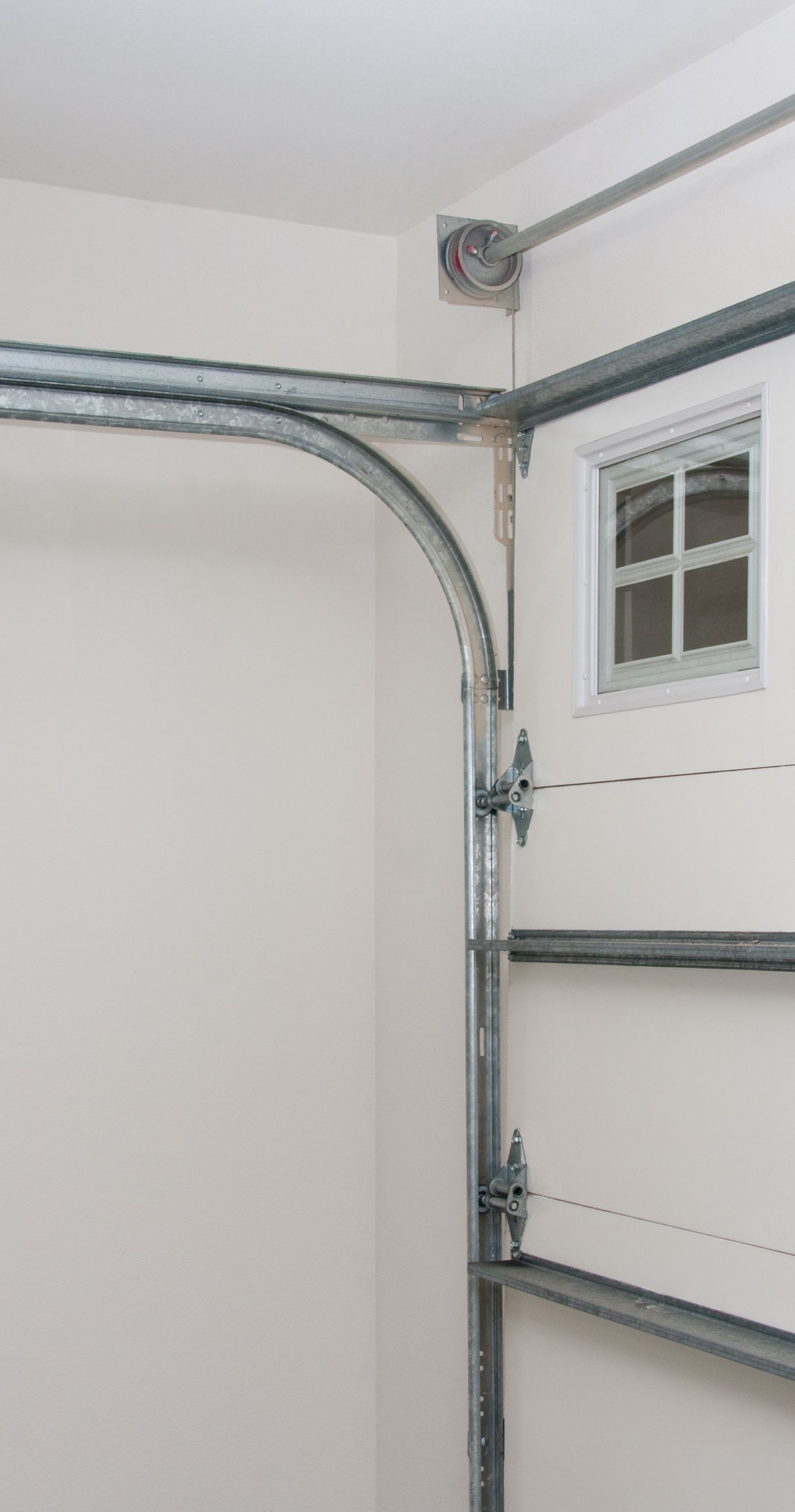13 Reasons Why Your Garage Door Won't Close & How to Fix Them

Garage doors are essential components of our homes, providing security and convenience. However, there's nothing more frustrating than a garage door that refuses to close. If you've ever found yourself stuck with an open garage door, you know the inconvenience it can cause. Fortunately, there are various reasons why your garage door may be misbehaving, and understanding these issues is the first step toward finding a solution.
In this blog post, we'll explore 13 common reasons why your garage door won't close and provide practical tips on how to troubleshoot and fix each issue.
Obstruction in the Door Path
An often overlooked but crucial factor in a garage door's smooth operation is the potential for obstructions in its path. Even seemingly insignificant objects or debris can impede the door's movement, preventing it from closing properly. Regular inspection of the door's path is essential to identify and remove any obstacles that might hinder its function.
Misaligned Sensors
Misaligned sensors pose a significant threat to the proper functioning of modern garage doors. These safety sensors, designed to prevent accidents, must be precisely aligned. Any deviation can result in the door failing to close or operate correctly, compromising the safety features integral to the garage door system. Usually positioned at the bottom corners on either side of the garage door, both sensors should be oriented to face each other along an invisible line.
Sensor Interference
Similarly, sensor interference can disrupt the functionality of garage door safety sensors. External factors like dirt or spider webs can obstruct these sensors. Regularly cleaning and maintaining the sensors is essential to prevent interference and can help ensure your garage door closes without a hitch.
Broken Springs
Broken springs in a garage door jeopardize its proper operation. These essential components, under constant tension, support the door's weight. When damaged, the door may not close securely or may exhibit erratic behavior. To fix broken springs, it’s important to consult a professional garage door technician for safe and effective replacement.
Malfunctioning Remote Control
If your garage door remote malfunctions, troubleshoot by checking the batteries, ensuring the remote is within range, and reprogramming it if necessary. If problems persist, consider replacing the batteries or obtaining a new remote.
Power Issues
In the event of power issues with your garage door, start by checking the power source. Ensure the garage door opener is plugged in and verify the circuit breaker hasn't tripped. If it has, reset it to restore power.
Limit Switches
Limit switches in a garage door opener determine the door's range of movement. If misconfigured, the door may not close properly. Ensure the switches are correctly set to dictate the door's open and close positions. Adjust them as needed to guarantee the door moves through its full range effectively.
Track Misalignment
Track misalignment can impede your garage door's smooth movement. Inspect both tracks for debris or misalignment. If needed, loosen the bolts, realign the tracks, and tighten the bolts. Ensure they are level and parallel for optimal door performance. For extensive track alignment problems or if you're unsure, it's recommended to call a professional garage door repair company to ensure a safe and effective resolution.
Damaged Rollers
Worn-out or damaged rollers in your garage door can cause it to become stuck or operate unevenly. Regularly inspect the rollers for signs of wear and tear, and replace damaged ones promptly to ensure the door moves smoothly and functions efficiently.
Faulty Cables
Garage door cables are vital for the smooth operation of the door, lifting and lowering it along tracks. Positioned at the door's bottom corners, they navigate pulleys or wind on a drum. Regularly inspect for wear, fraying, or rust, and avoid using the automatic operator if a cable breaks, signaling the need for prompt servicing or replacement.

Weatherstripping Issues
Weatherstripping is a material used to seal gaps and prevent the intrusion of external elements like rain, wind, and dust. Garage door weather stripping is often found at the bottom, creating a seal to protect against weather elements and enhance energy efficiency by preventing drafts and moisture from entering the garage. If it's damaged or worn, it may prevent the door from closing properly.
Opener Malfunction
For opener malfunctions, consider a few troubleshooting steps like ensuring the opener, typically located on the ceiling of your garage, is securely plugged in and receiving power. However, if issues persist, especially with the opener unit itself, it's advisable to call a professional garage door repair company.
Manual Lock Engaged
Double-check to ensure the manual lock on your garage door is not engaged. The manual lock on certain garage doors serves as an additional security feature. When engaged, it physically prevents the door from moving. It's crucial to ensure the lock is disengaged before attempting to operate the garage door automatically. Accidental engagement of the manual lock can lead to the door being stuck in a fixed position, hindering its normal functioning.
The Bottom Line
From the seemingly mundane, such as obstructions in the door path, to the more complex issues like broken springs or track misalignment, the health of your garage door can often be maintained by you. Regular inspections, prompt troubleshooting, and addressing issues proactively contribute to the overall well-being and functionality of your garage door.
If faced with challenges beyond your expertise, however, don't hesitate to reach out to your local garage door repair company for professional assistance. They can diagnose complex issues, provide effective solutions, and ensure the safe and optimal functioning of your garage door.


